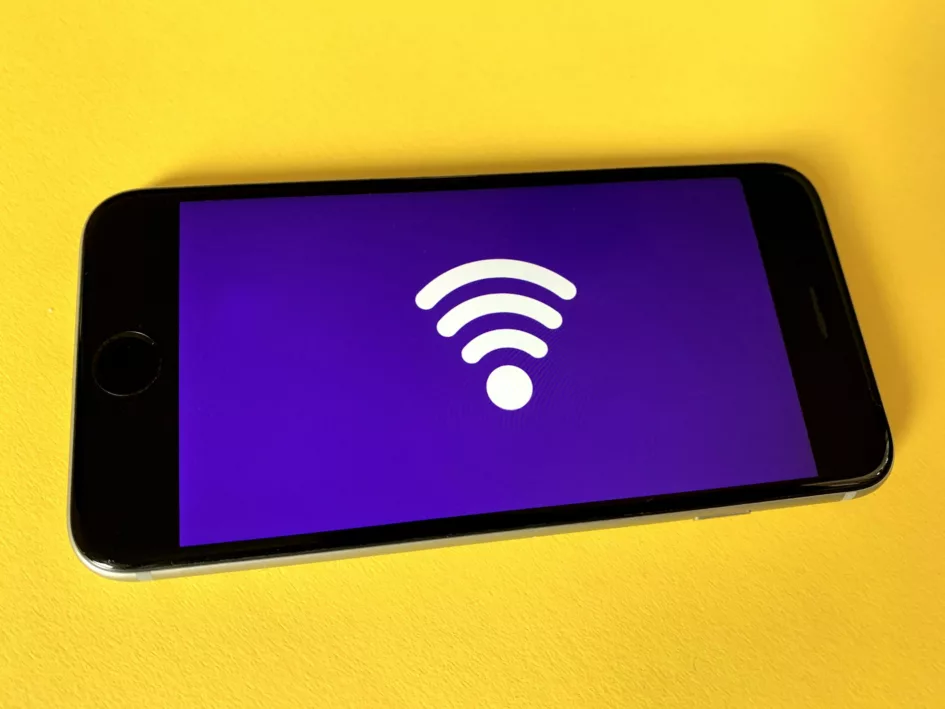We’ve all experienced the frustration of slow or unreliable Wi-Fi. Whether it’s buffering videos, lagging games, or lagging video calls, a weak connection can significantly impact our daily lives. As our reliance on internet connectivity grows, so does the demand for faster and more efficient wireless technology. So, where does Wi-Fi 7 stand in this ever-evolving landscape?

While the official standard for Wi-Fi 7, also known as 802.11ax, is still under development by the Institute of Electrical and Electronics Engineers (IEEE), companies are already working on pre-standard and draft versions of the technology. These advancements aim to address the limitations of the current Wi-Fi 6 (802.11ax) standard by offering several key improvements:
Increased Speeds: Wi-Fi 7 is expected to deliver theoretical speeds of up to 46 Gbps, almost three times faster than Wi-Fi 6. This significant boost can significantly enhance our online experience, allowing for faster downloads, smoother streaming, and lag-free gaming.

Lower Latency: Latency refers to the delay in data transmission. Wi-Fi 7 promises to reduce latency even further, making real-time applications like video conferencing and online gaming more responsive.
Improved Capacity: With the proliferation of connected devices in our homes, managing network congestion is crucial. Wi-Fi 7 incorporates technologies like Multi-user MIMO (MU-MIMO) and Orthogonal Frequency-Division Multiple Access (OFDMA) to efficiently manage multiple devices simultaneously, reducing congestion and ensuring a smoother experience for everyone on the network.
Enhanced Security: Wi-Fi 7 is expected to adopt the latest security protocols, including WPA4, to provide more robust protection against cyberattacks.
While the technology holds immense potential, it’s important to remember that Wi-Fi 7 is still in its early stages. Widespread adoption of compatible devices and infrastructure is likely to take some time. Additionally, factors like router compatibility and real-world performance testing will be crucial in determining the true impact of Wi-Fi 7 on our everyday lives.
In conclusion, Wi-Fi 7 represents a significant step forward in wireless technology, promising faster speeds, lower latency, improved capacity, and enhanced security. However, it’s important to manage expectations as the technology is still under development and widespread adoption is still some time away. As the standard continues to evolve and compatible devices become available, Wi-Fi 7 has the potential to revolutionize our internet experience, paving the way for a more connected and seamless future.

